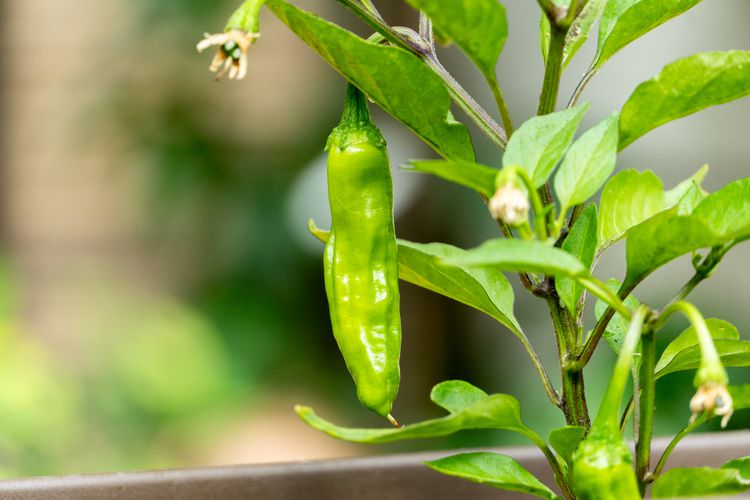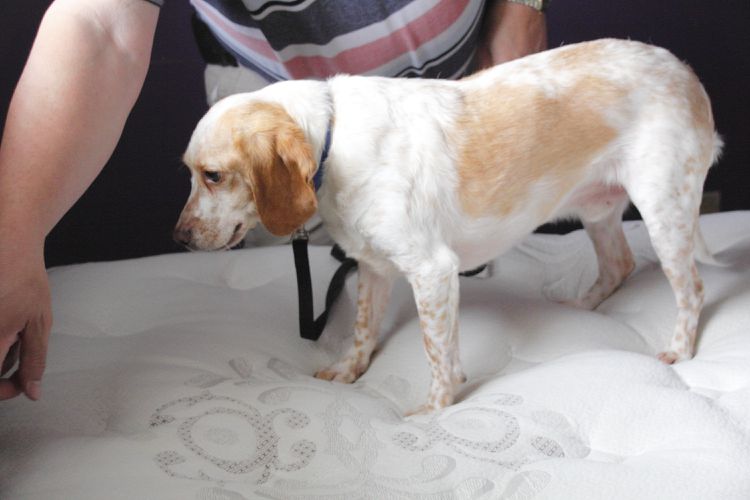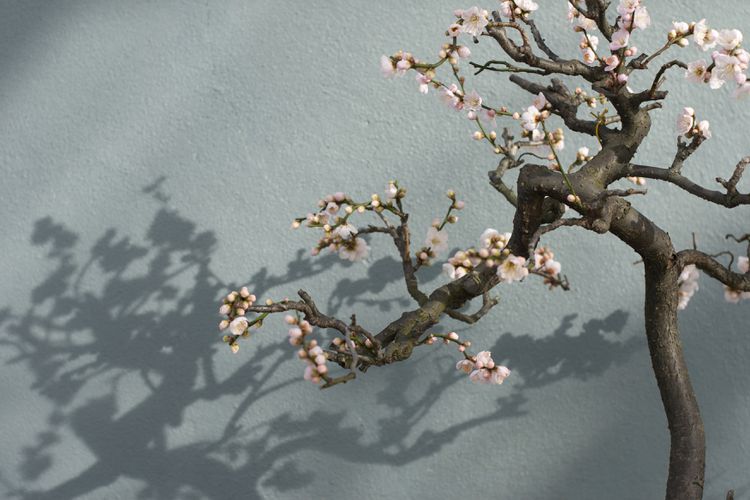
Rapturewort serves as an excellent choice for ground cover in gardens that require minimal maintenance. This low-growing plant spreads effectively, demands little care, and aids in thwarting weed growth. Often called “green carpet,” it can flourish in even the most inferior soil conditions. Its lush, compact evergreen leaves provide a vibrant burst of color during the spring and summer months. As autumn approaches, the foliage shifts to beautiful hues of red and orange. The flowers, which are a light green, are quite small and are not a significant feature of the plant’s overall charm.
Rupturewort is typically sown in the spring using nursery flats or divisions, or it can be cultivated from seeds. This hardy perennial is simple to grow, spreading gracefully and thriving in rock gardens, flower beds, and pots.
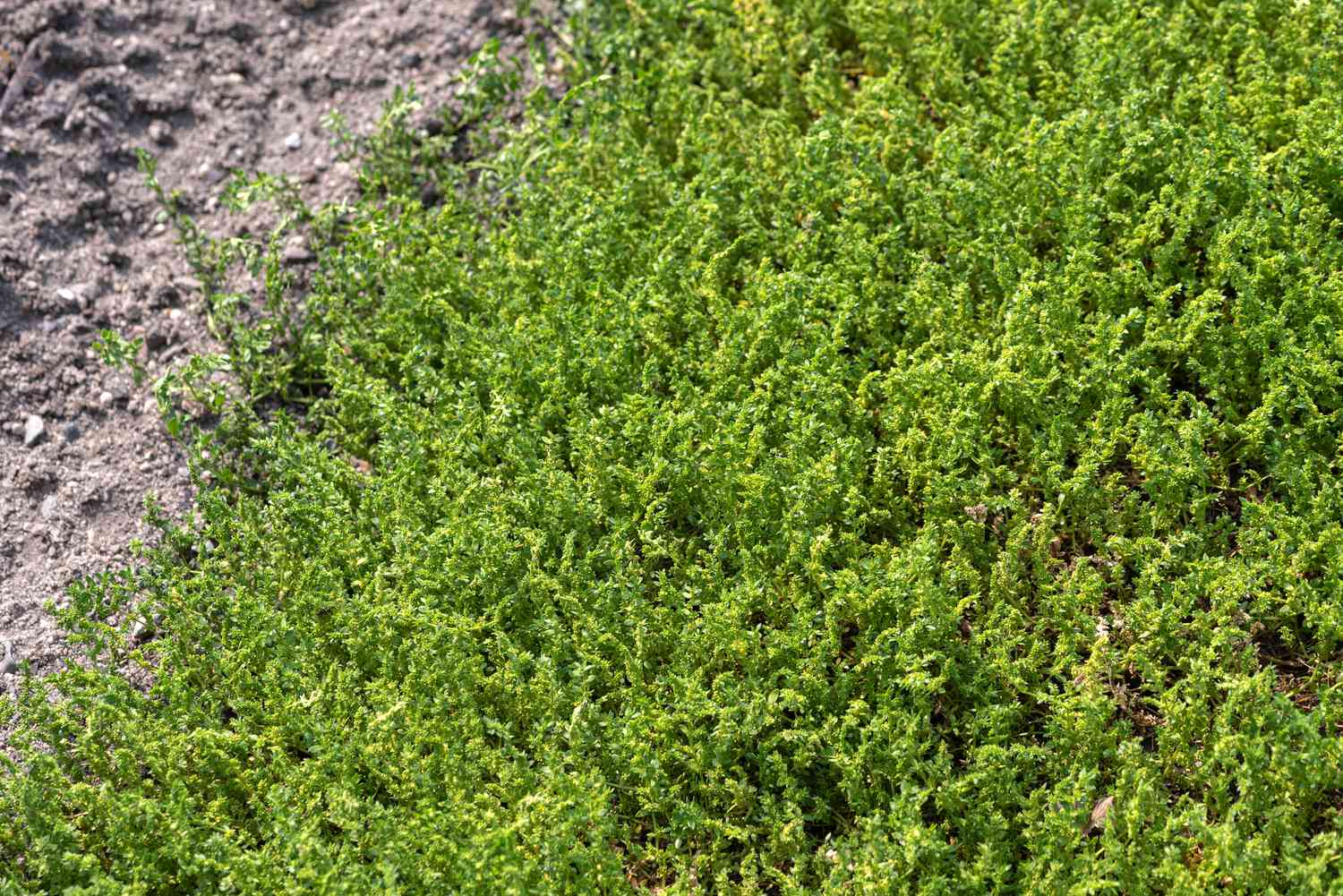
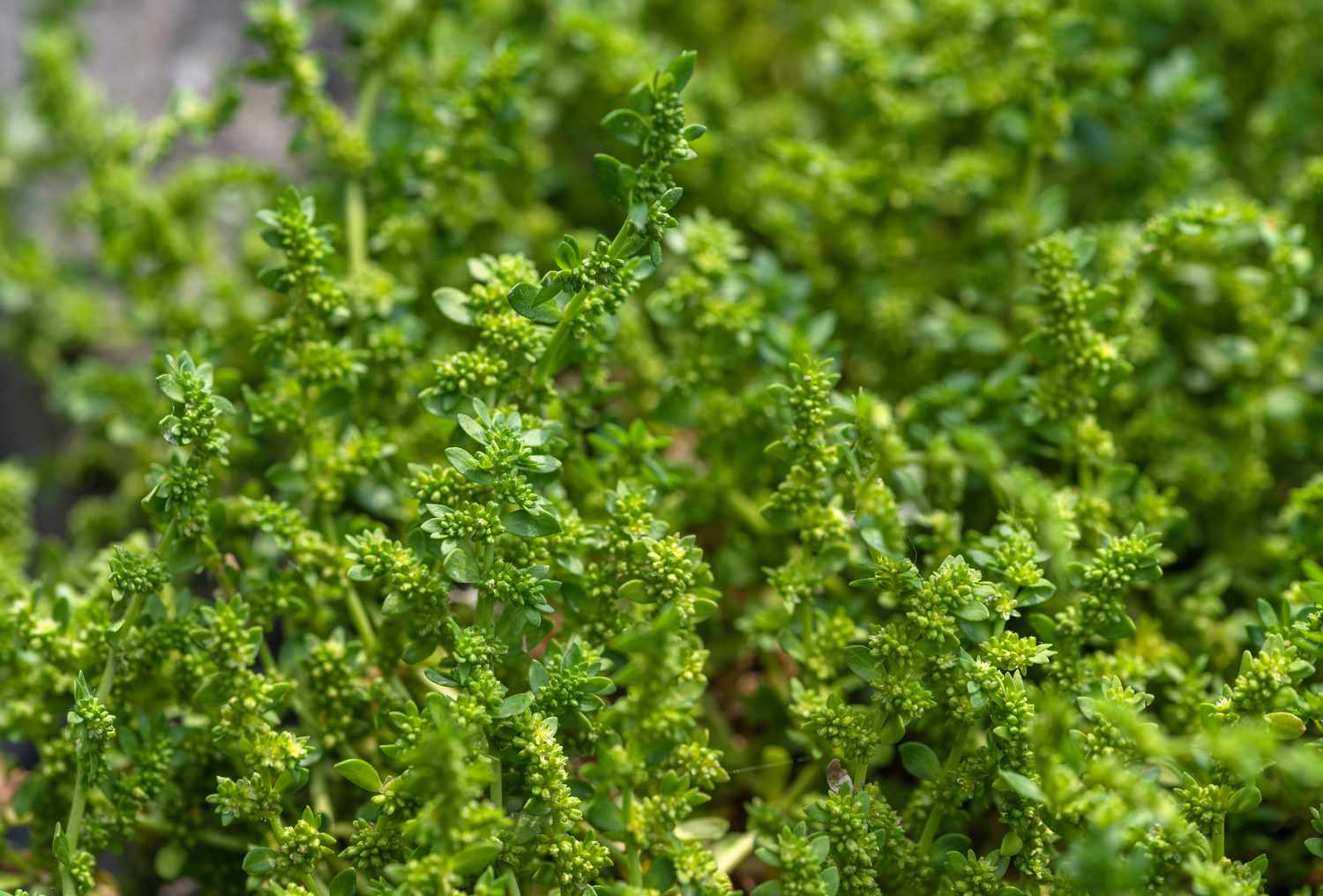
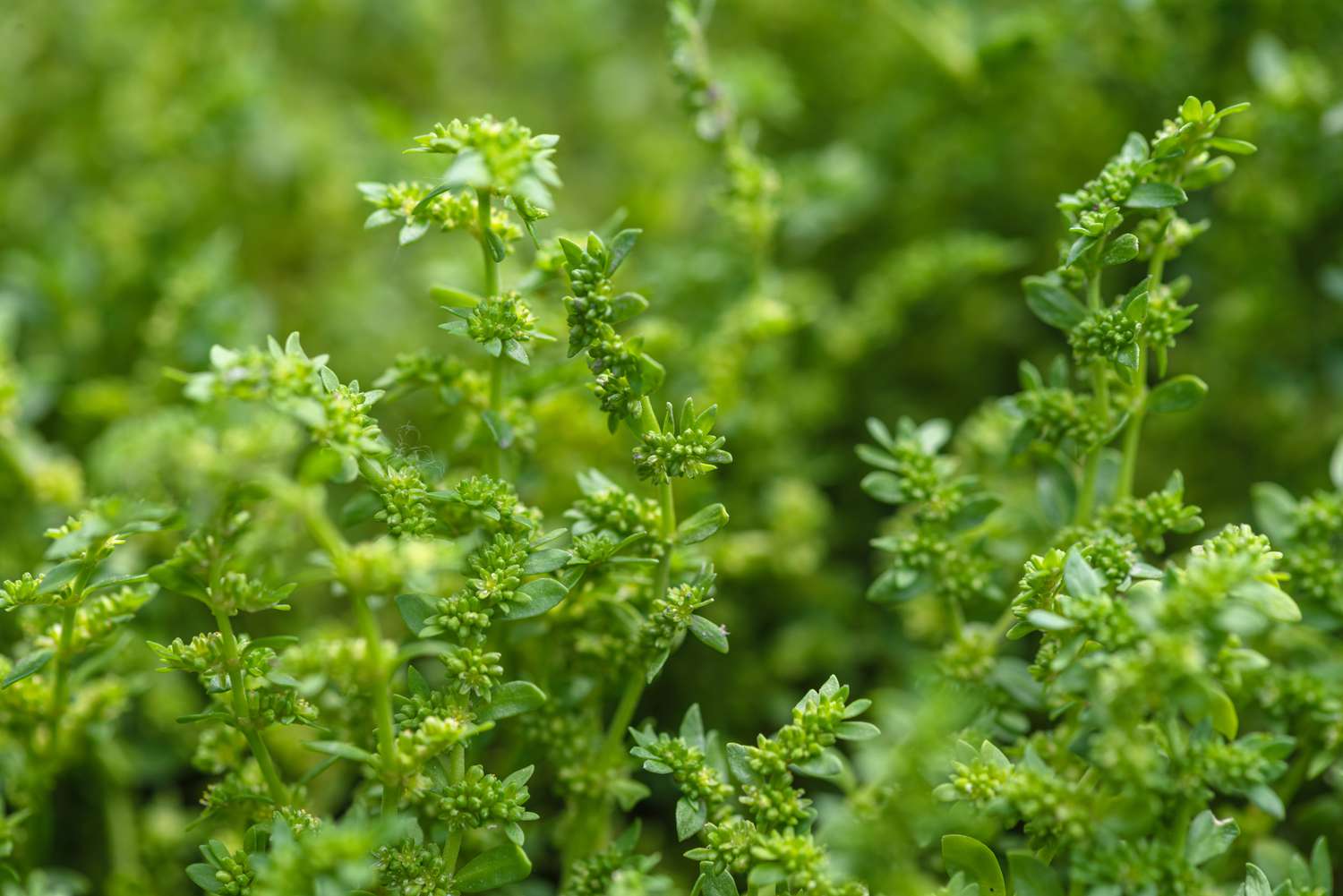
Light
As long as you avoid planting rupturewort in complete shade, it should thrive. It favors a sunny location but can also grow effectively in partial shade.
Soil
If you have extensive patches of unproductive soil where other sensitive plants have difficulty thriving, rupturewort could be an excellent choice. This plant flourishes in a variety of soil conditions, including dry, rocky, and low-quality soils. However, it does not fare well in overly wet conditions, so it’s important to ensure good drainage. It thrives best in soil with an acidic to neutral pH, as alkaline soils can lead to chlorosis and discoloration of the leaves.
Water
Though it may be diminutive in size, this plant features an extensive taproot that effectively retains moisture. This characteristic contributes to its impressive drought resistance, making it a favored option for xeriscaping. After it is established, it typically does not need further watering. During hot weather, it benefits from occasional deep watering, but it usually thrives on natural rainfall. However, excessive watering can lead to root rot, which can be detrimental to rupturewort.
Climate and Moisture Levels
Rupturewort is capable of thriving in various climatic conditions across zones 7 to 11. In the northern regions of its habitat, it might die back during the winter months, but it typically reemerges in the spring. Conversely, in the southern areas, it usually stays green throughout the year. Originating from the temperate zones of Europe, it is well-equipped to endure periods of heat.
Rupturewort struggles in excessively humid conditions, as excessive moisture can harm its roots. While it can withstand strong winds, it does not flourish in coastal environments.
Fertilizer
The sole occasion when your rupturewort could gain from fertilization is during its early growth stages in poor soil conditions. Established plants are typically strong enough to thrive without additional nutrients, except in cases where it’s needed to address alkaline soil issues.
Varieties of Rupturewort
This particular variety of rupturewort does not have any other cultivars, but there exists another species known as Herniaria hirsuta, commonly referred to as hairy rupturewort. This species is frequently utilized as an annual ground cover, known for its ability to spread via self-seeding. It thrives in hardiness zones 2 to 9 and can be utilized similarly to H. glabra.
Pruning
Trimming back unruly stems can encourage fresh growth. With the arrival of spring, you can remove any brown, dead stems and leaves. Aside from this, rupturewort does not need any additional pruning.
Cultivating Rupturewort
Rupturewort is not considered an invasive plant, yet it has the ability to self-seed and may slowly expand, potentially dominating other meticulously designed sections of your garden. If it starts to become too dense, you can divide the clumps in the spring to refresh the plant community. This method is also effective if you wish to introduce rupturewort to different locations. Here’s the process to follow:
- Utilize a pointed trowel to excavate a small portion of the colony, separating it into segments, with each segment comprising both foliage and connected roots.
- Quickly place the divisions into freshly loosened soil at their new sites. Ensure they are spaced a minimum of 12 inches apart.
- Press down the freshly planted sections and ensure they are well-watered.
Cultivating Rupturewort from Seeds: A Guide
Planting rupturewort seeds directly in the spring yields excellent outcomes, especially when placed in a sunny location. Just scatter the seeds on the surface of the soil in the designated area and give them a gentle watering.
For an earlier harvest, consider starting your seeds indoors. Begin the process indoors or in a cold frame about eight to ten weeks prior to the time for outdoor planting. Use shallow trays filled with potting soil to sow the seeds on the surface, leaving them uncovered. Lightly mist the surface to keep it moist, and maintain this moisture until the seeds germinate, which typically takes between seven to fourteen days. Prior to transferring the plants outside, ensure to acclimate them for a period of ten to fourteen days.
Transplanting and Replanting Rupturewort
These plants can enhance the visual appeal of containers that feature other vertical plants, as they naturally cascade over the edges of the pot. Due to their extensive taproot and capacity to spread over 50 centimeters, it’s essential to choose a container that is large enough to support rupturewort. Opt for a well-draining container made from any material, and fill it with a high-quality potting mix.
Overwintering
Rupturewort typically does not need any winter care or protection; however, it’s advisable to decrease watering in late autumn, as the plant prefers to avoid overly moist conditions in the cooler months. As spring arrives and new growth starts, any dead or brown leaves and stems can be trimmed back with shears.
Frequent Insects and Plant Illnesses
Rupturewort is largely free from significant pest threats; however, it can be affected by several leaf spot diseases. The appearance of gray or brown spots on the foliage typically signifies gray mold, necessitating the removal of the affected plants. In contrast, reddish spots are usually associated with another fungal infection, which can often be managed by applying fungicide before the issue escalates.
Moist environments promote the development of these illnesses, so minimizing irrigation could aid in their prevention.
Frequent Issues Associated with Rupturewort
This plant is generally low-maintenance; however, there are various environmental factors that may cause the leaves to become yellow:
- Excessive watering: One of the initial indicators of an impending root rot issue caused by too much water is the yellowing of the leaves.
- Nutrient deficiency can frequently arise when the soil has a high pH level. These plants thrive in soil that is mildly acidic to neutral, and alkaline conditions hinder their ability to take in essential nutrients. A common sign of this issue is yellowing of the leaves, particularly between the veins. Applying a fertilizer that lowers soil pH may provide a solution.
What are some ways to incorporate this plant into my landscape design?
If your soil is infertile and poses challenges for cultivating a vibrant lawn, consider using rupturewort as a fantastic substitute. This plant is gentle to walk on, tolerates foot traffic fairly well, and emits a distinctive aroma that is somewhat similar to vanilla. It is also suitable for alpine or rock gardens and can thrive in spaces between flagstones. Additionally, spring bulbs can flourish even when covered by rupturewort.
What is the significance of the common name “rupturewort”?
The term “wort” originates from the Old English “wyrt,” signifying “plant, root, or herb.” Historically, this plant was believed to treat hernia ruptures, leading to its designation as “rupturewort.” This misconception is also evident in the botanical genus name, Herniaria.
Is rupturewort used for any medicinal purposes?
Herbal medicine practitioners occasionally utilize this plant to address urinary tract inflammation. Nevertheless, there has been no scientific research or validation regarding its effectiveness for this purpose. It is essential to consult your physician before using any herbal treatments.

